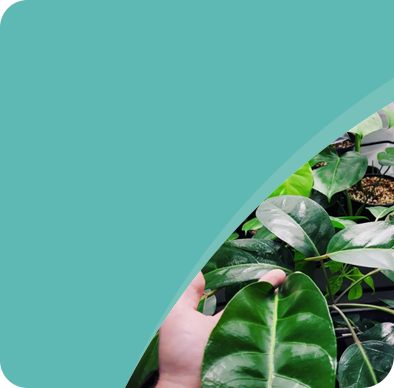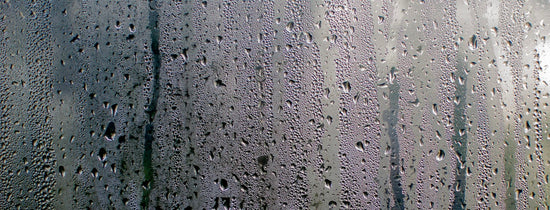Humidity is an important environmental factor, so, too much or too little can make or break your grow, everyone has an opinion on the subject, and that’s all this is, my take on how to do it properly and I rarely have issues because of this approach.
Please Note: If you are unfamiliar with Vapour Pressure Deficit (VPD), you can find our simplified guide to understanding VPD in the tutorials section.
Seed Germination & Cloning Plants: 70-85% Humidity / 0.4 – 0.8 VPD
For seed germination, you would want the air to be moist so the hard seed shell can soften, this allows the radicle to emerge that will later become the main/primary tap root. When removing cuttings from plants as identical replicas (Clonal propagation) some growers prefer to place the cuttings in a similar environment to how seeds are raised, by providing a moist environment transpiration is then reduced and the cutting can focus on forming roots. The same can be achieved by misting your cuttings without any humidity domes in place however I have found that this depends on genetics, some cuttings can be placed in a corner and ignored and they will still root so it is very much a genetic trait.
Vegetating/Growth: 60-65% Humidity / 0.4 – 1.2 VPD
Vegetating plants grow very fast in the right conditions, so having the perfect humidity in the growth phase is quite important. As plant size increases through the consumption of water and nutrients, the humidity will naturally rise as the plant transpires water vapour out of the top of its leaves to cool itself down. In a climate-controlled environment this would be the ideal setting for plants if the temperature was also in the optimal range, however in ambient whether you are forced to work alongside ambient conditions.
To know if your conditions are optimal, its best practice to match your temperature and humidity using a VPD chart and see where your room is at then, if needed, alter based on the measurements you have been given.
Flowering/Bloom: 50-55% Humidity / 1.2 – 1.6 VPD
As we transition our plants into the flowering phase of their life cycle there will be a lot of plant growth present, having a lot of vegetative biomass in the room will directly impact the amount of water being transpired into the room, to lower the humidity for this phase most gardeners would use a dehumidifier and the majority of hobbyist gardeners employ the use of anhydrous type products that absorb moisture, like our desiccant strips or even something like Damp rid would work for those on a super tight budget.
Heat is another overlooked factor here, if the right amount of heat is present then it is going to really difficult for moisture to remain, always heat your room to 20 Degrees C when the lights go off, maintaining this temperature will prevent humidity building too high and also prevents the metabolism of the plants from shutting down. High humidity in flower almost always results in powdery mildew, black spot mould, insect infestations, odour problems and the worst mould of all, botrytis.
Drying: 50-55% Humidity / 0.7 – 1 VPD
This particular phase is the most important. Airflow is key! Extraction systems need to be running 24/7, any air circulating fans will need to be used as well to prevent any static spots in the room. Flowers need to ‘slow’ dry, which helps maintain flavour, yield and appearance.
If the humidity is too high (70%+) mould can form on your drying flowers. If humidity is too low (below 40%)the flowers will dry too quickly and lose many of their natural terpenes and aromas. The drying should always be done in complete darkness as light degrades the essential oils that you have worked so hard in forming. In most situations, this process done correctly should take about 7-10 days







